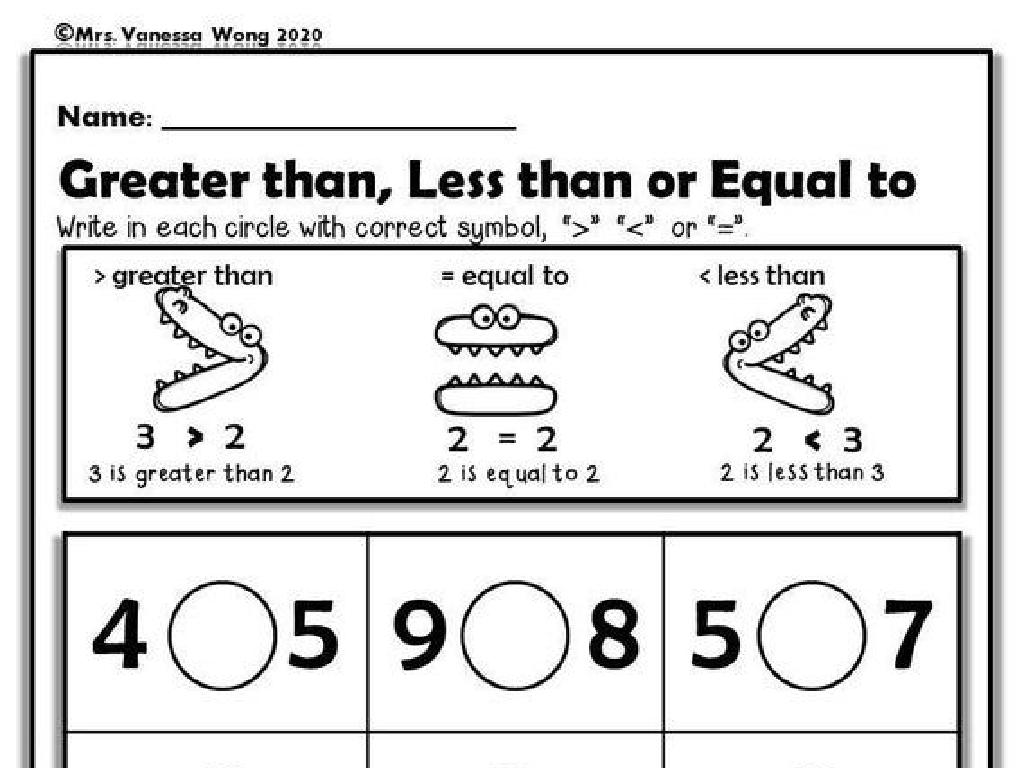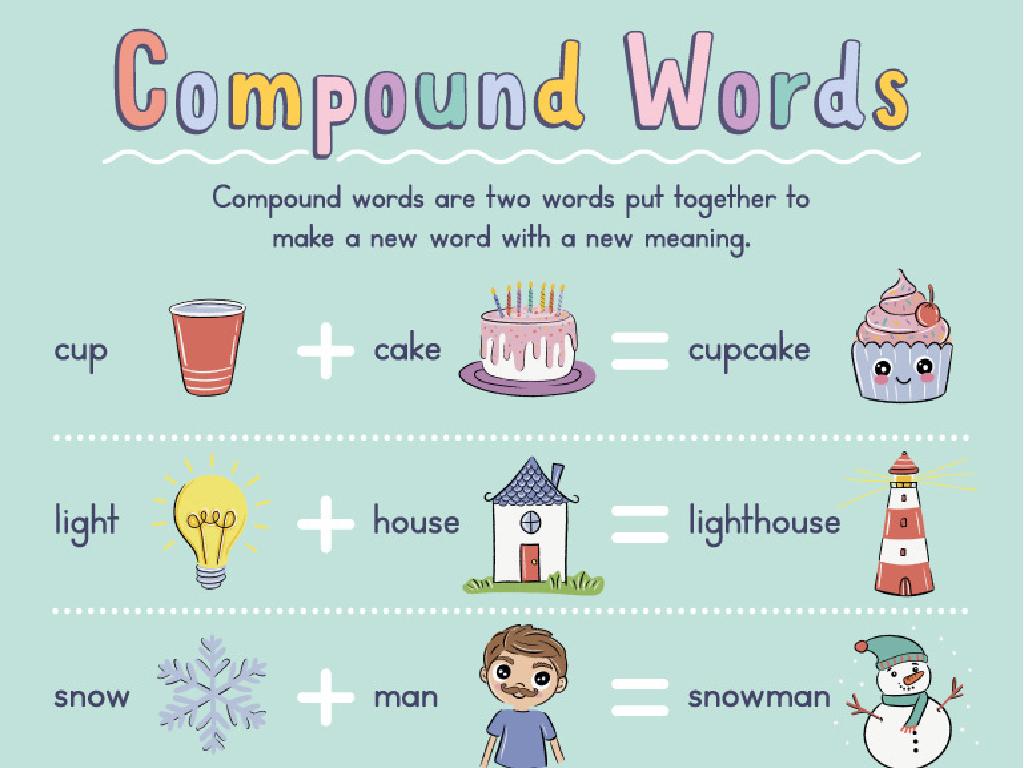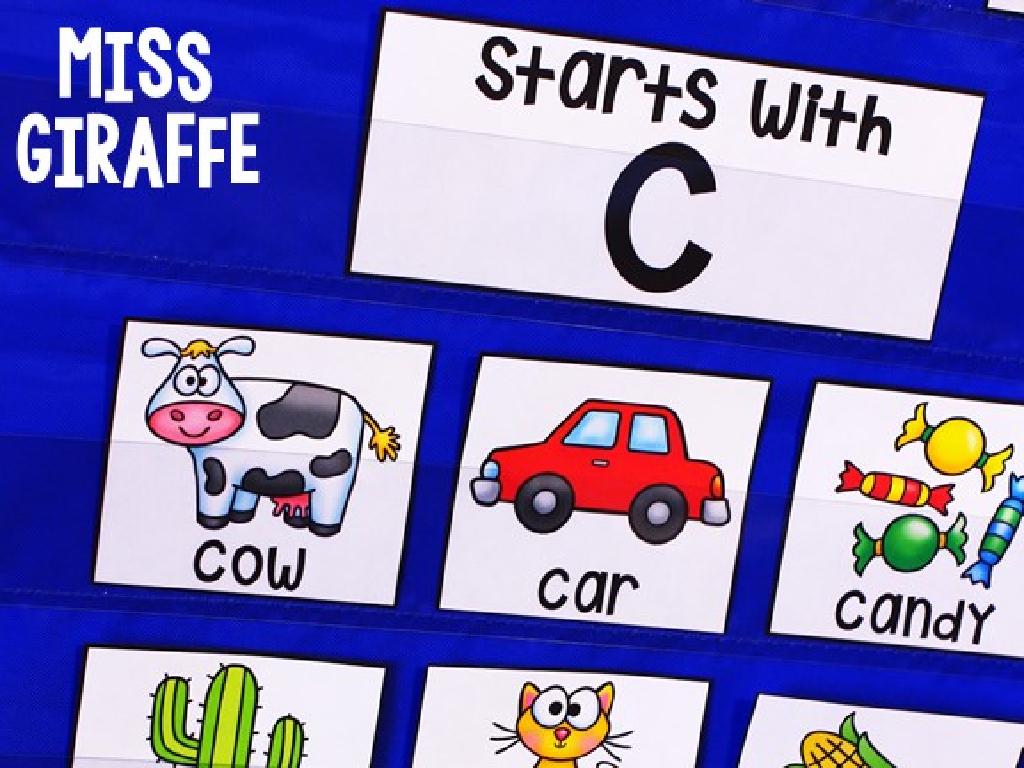How Can Animal Behaviors Affect Reproductive Success? Identify Evidence To Support A Claim
Subject: Science
Grade: Eighth grade
Topic: Adaptations And Natural Selection
Please LOG IN to download the presentation. Access is available to registered users only.
View More Content
Animal Behaviors & Reproductive Success
– Explore animal behaviors
– Behaviors include migration, mating rituals, etc.
– Link behaviors to reproduction
– Behaviors like nest building can increase chances of mating success
– Adaptations aid survival
– Traits that improve survival are likely to be passed on
– Today’s focus: Natural selection
|
This slide introduces the concept of how animal behaviors impact reproductive success, a key component of natural selection. Students will learn that certain behaviors, such as migration and mating rituals, have evolved to maximize the chances of reproduction. Behaviors that lead to successful mating and rearing of offspring can become widespread in a population if they contribute to survival. The lesson will cover examples of such behaviors and how they fit into the broader context of adaptations and the process of natural selection. Encourage students to think of behaviors they may have observed in animals and consider how these might be advantageous for reproduction.
Reproductive Success in Animals
– Define Reproductive Success
– The success of an organism in passing its genes to the next generation
– Significance for species survival
– Ensures continuation of species and genetic diversity
– Reproductive strategies examples
– Monogamy in wolves, polygyny in lions, and promiscuity in bonobos
– Analyzing reproductive behaviors
– Observe mating rituals, care of young, and seasonal behaviors
|
Reproductive success is a key concept in understanding natural selection and evolution. It refers to the ability of an organism to produce viable offspring that can also reproduce. This success is crucial for the survival of a species, as it ensures that the species can continue over generations and maintain genetic diversity. Examples of reproductive strategies include monogamy, where wolves have a single mate for life, polygyny, where lions have multiple mates, and promiscuity, where bonobos may mate with many partners. Encourage students to think critically about how these behaviors might contribute to the success of the species in different environments. Discuss how these strategies can be observed in animal behaviors such as mating rituals, care for the young, and seasonal behaviors that lead to successful reproduction.
Types of Animal Behaviors and Reproductive Success
– Innate vs. Learned Behaviors
– Innate: instinctual, like a spider spinning a web. Learned: acquired, like a bird learning a song.
– Social Behaviors in Animals
– Animals communicate and behave in groups to increase survival and reproduction chances.
– Mating Rituals
– Complex dances or songs to attract mates, ensuring the passing of genes.
– Territorial Displays
– Animals mark and defend territory to secure resources for offspring.
|
This slide explores the different types of behaviors animals exhibit and how these behaviors can impact their chances of reproductive success. Innate behaviors are those that are hardwired and performed without prior experience, while learned behaviors are acquired through interaction with the environment or other animals. Social behaviors, including communication within species, can lead to improved mating opportunities and cooperative care of young. Mating rituals, often elaborate and species-specific, are crucial for attracting mates and ensuring that an animal’s genes are passed on to the next generation. Territorial displays are used to secure a physical space that provides the resources needed for the survival of one’s offspring. Discuss with students how these behaviors contribute to the survival of species and exemplify natural selection.
Case Study: Bowerbirds’ Nesting Behaviors
– Bowerbirds’ nest-building techniques
– Males construct elaborate structures to woo females.
– Nest appearance influences mate choice
– Females prefer nests that are intricate and well-decorated.
– Linking nest quality to mating success
– Studies show males with superior nests have higher mating rates.
– Implications for reproductive strategies
|
This slide examines the intricate relationship between nest-building behaviors of bowerbirds and their reproductive success. By constructing elaborate and aesthetically pleasing nests, male bowerbirds demonstrate their ability to provide and their overall fitness to potential mates. The appearance of the nest plays a critical role in the female’s mate selection process, often influencing her choice based on the quality and complexity of the structure. Research indicates a direct correlation between the quality of a male’s nest and his success in attracting mates, thereby affecting his reproductive success. This case study serves as a concrete example of how behavior can impact natural selection and evolution. Encourage students to think about other animal behaviors that might influence reproductive success and how these behaviors can support claims about natural selection.
Adaptations and Natural Selection
– Defining adaptations
– Adaptations are traits that increase survival and reproductive success.
– Behaviors influencing selection
– Certain behaviors can lead to better survival rates, affecting an animal’s reproductive success.
– Linking behavior to genetics
– Behaviors that improve survival are often heritable, passed down to offspring.
– Examples of adaptive behaviors
– Mating dances in birds or nest building in insects are behaviors that can affect chances of reproduction.
|
This slide introduces the concept of adaptations and their role in natural selection, particularly focusing on how animal behaviors can affect reproductive success. Adaptations are characteristics that have evolved over time to increase an organism’s likelihood of survival and reproduction. Behaviors that contribute to an animal’s survival are often advantageous in the context of natural selection and can be passed on genetically. For example, elaborate mating rituals can attract better mates, and effective nest building can protect offspring, both contributing to the continuation of those traits. Encourage students to think of other examples and how these behaviors might be advantageous in the wild.
Evidence in Science: Supporting Animal Behavior Claims
– Define scientific evidence
– Evidence is data or information that supports a statement or hypothesis.
– Identifying evidence in animal behavior
– Observe patterns, record behaviors, and compare to known behaviors.
– Analyzing evidence for hypotheses
– Examine the reliability and relevance of data to the hypothesis.
– Supporting or refuting claims
– Use evidence to determine the validity of claims about animal behavior.
|
This slide introduces the concept of evidence in science and its importance in supporting claims about animal behavior. Start by defining what constitutes evidence in a scientific context. Teach students how to identify and gather evidence by observing and recording animal behaviors, and comparing these observations to established behaviors. Discuss how to analyze this evidence critically, assessing its reliability and relevance to the hypothesis in question. Finally, explain how this evidence can be used to support or refute claims, emphasizing the role of evidence in the scientific process. Encourage students to think critically about the evidence they encounter and to understand its significance in drawing conclusions about natural phenomena.
Group Activity: Animal Behaviors & Reproductive Success
– Divide into groups for observation
– Watch videos on animal behaviors
– Formulate hypotheses on behaviors
– Consider factors like mating rituals, territory defense
– Discuss behavior’s impact on reproduction
– How might these behaviors lead to successful offspring?
|
This group activity is designed to engage students in the process of scientific inquiry by observing animal behavior and developing hypotheses about its impact on reproductive success. Divide the class into small groups and provide a selection of videos that showcase different animal behaviors, such as mating dances, nest building, or territory defense. Guide each group to observe carefully and discuss what they see. Encourage them to think critically about how these behaviors might contribute to the animals’ chances of mating and producing offspring. After the observation, each group should formulate a hypothesis that they can later test or research further. This activity will help students understand the connection between behavior and natural selection, fostering skills in observation, hypothesis formation, and collaborative discussion.
Conclusion: Animal Behaviors & Reproductive Success
– Recap: Behaviors affecting reproduction
– Review group hypotheses
– Discuss the different hypotheses proposed by each group.
– Engage in Q&A session
– Address student questions to clarify concepts.
– Summarize key learnings
|
This slide aims to wrap up the lesson by revisiting the main topic of how animal behaviors can impact their reproductive success. Start by summarizing the various behaviors discussed, such as mating rituals, territory defense, and parental care, and how these can increase the likelihood of passing on genes. Then, move on to review the hypotheses that students came up with during the group activity, encouraging them to think critically about the evidence that supports their claims. The Q&A session is crucial for ensuring that all students have a clear understanding of the material and feel confident in the concepts learned. Conclude by summarizing the key points of the lesson, emphasizing the role of natural selection and adaptations in shaping these behaviors.
Class Activity: Animal Behavior Role-Play
– Students role-play animal behaviors
– Demonstrate effects on reproductive success
– For example, a peacock’s display may attract mates, increasing chances of reproduction
– Reflect on behaviors’ role in natural selection
– Behaviors that improve mating success can become more common in a population
– Discuss findings with the class
|
This interactive class activity is designed to help students understand the connection between animal behaviors and reproductive success, and how this influences natural selection. Divide the class into small groups and assign each a specific animal behavior to role-play, such as mating dances, territory defense, or nurturing of young. After the role-play, guide students to reflect on how these behaviors might affect the animal’s chances of reproducing and passing on their genes. Encourage a class discussion on the importance of these behaviors in the context of natural selection. Possible role-play scenarios: peacock tail display, bowerbird nest construction, frog vocalizations, or wolf pack hierarchy. This activity will help students grasp the concept of ‘survival of the fittest’ in a practical and engaging way.





